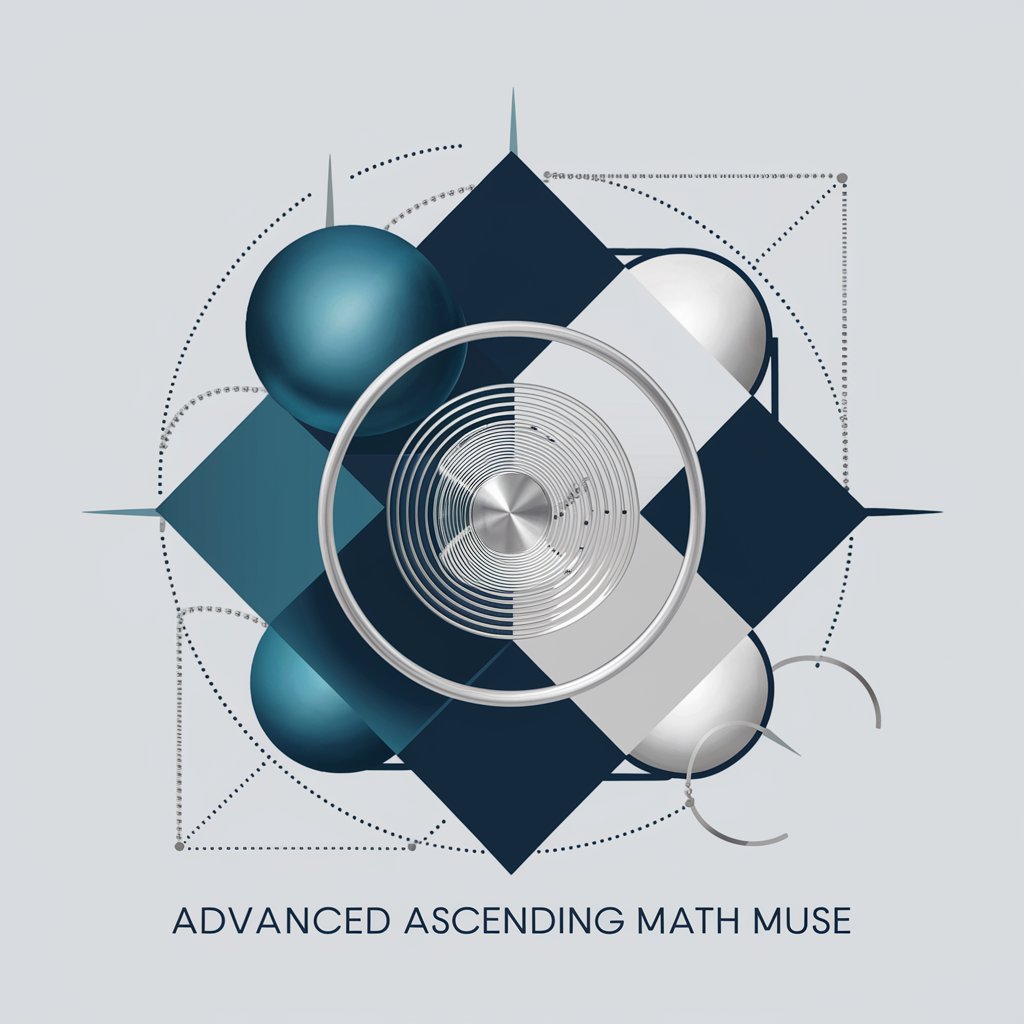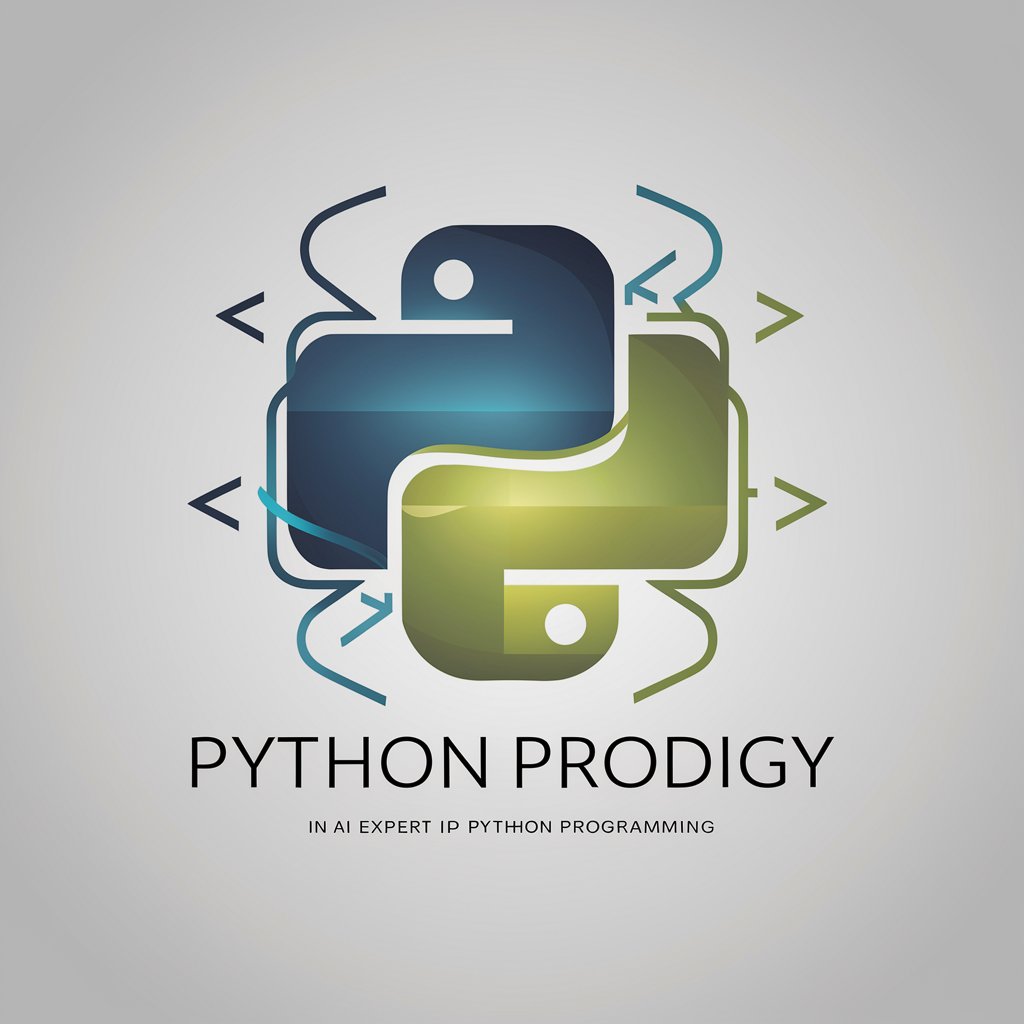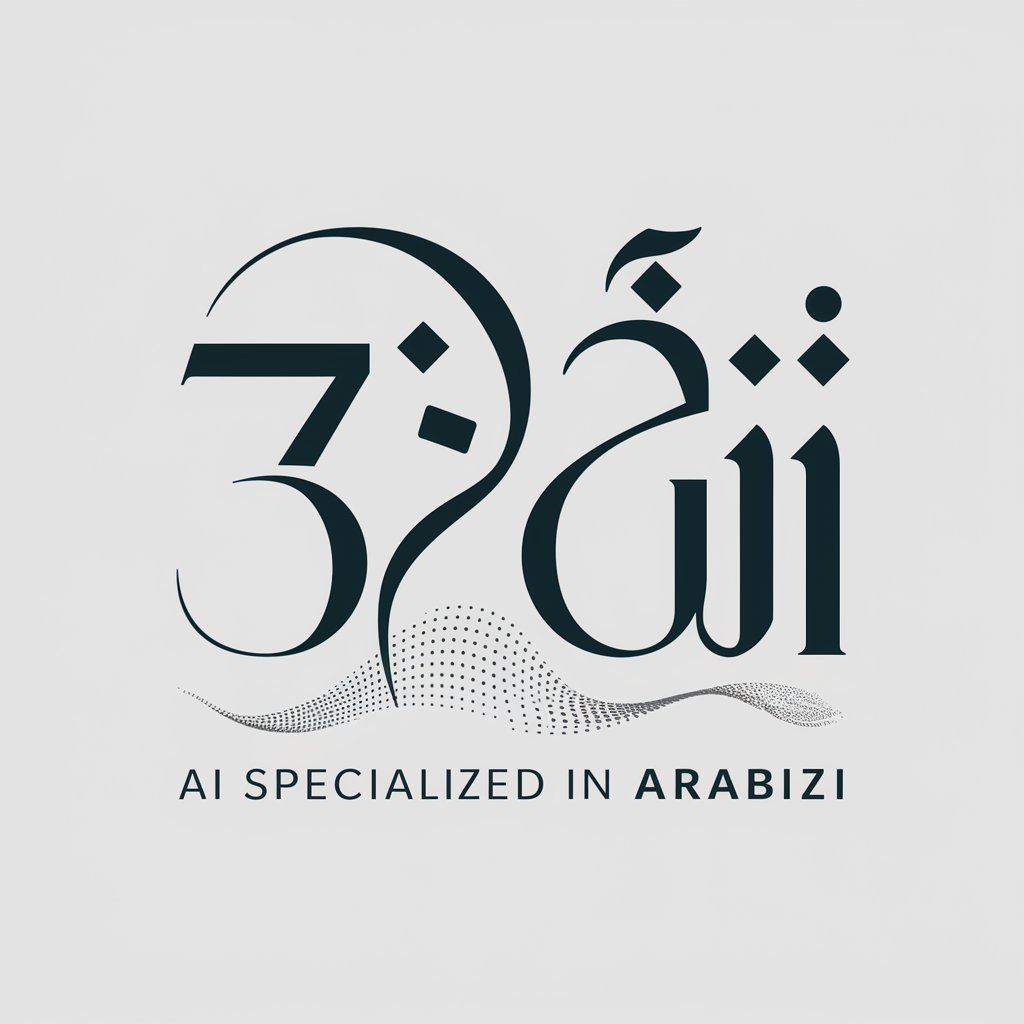
ABJAD - Arabic Programming Language

Welcome to ABJAD, your guide to Arabic programming.
Powering Arabic Linguistic Development with AI
Explain the syntax of the ABJAD programming language...
Provide a tutorial on tokenization techniques in ABJAD...
How can ABJAD be integrated with development environments...
Describe the libraries and modules specific to ABJAD...
Get Embed Code
Introduction to ABJAD
ABJAD is designed as a programming language that integrates the Arabic linguistic structure directly into coding, enabling native Arabic speakers to write code in their language. It encompasses various aspects such as syntax tailored for Arabic script, including unique features like Abjad numerals for representing numbers with Arabic letters, and supports tokenization specific to Arabic's script characteristics. For example, ABJAD allows developers to perform mathematical operations using Arabic numerals and write conditions or loops in Arabic, making programming more intuitive for Arabic speakers. Powered by ChatGPT-4o。

Main Functions of ABJAD
Numerical Operations with Abjad Numerals
Example
Using Arabic letters to represent and perform arithmetic operations.
Scenario
Developers can assign numerical values using Arabic letters, enabling calculations directly in scripts, enhancing readability and cultural relevance.
Arabic Tokenization
Example
Breaking down Arabic text into identifiable tokens for processing.
Scenario
Facilitates natural language processing tasks by accurately identifying word boundaries in Arabic scripts, crucial for text analysis and pattern recognition.
Command Grammar in Arabic
Example
Writing commands or statements using Arabic syntax.
Scenario
Allows for the implementation of logical operations, loops, and conditions directly in Arabic, aligning programming concepts with the developer's linguistic context.
Ideal Users of ABJAD
Arabic-speaking Developers
Individuals or teams looking for a programming language that aligns with their native language, making coding more accessible and intuitive.
Educators in Arabic-speaking Regions
Teachers and educational institutions aiming to introduce programming in a language that resonates with the students' cultural and linguistic background.
NLP Researchers Focused on Arabic
Researchers working on natural language processing for Arabic who require a toolset designed specifically for the complexities of the language.

Getting Started with ABJAD
1
Begin by visiting yeschat.ai for a complimentary trial, which requires no sign-in or ChatGPT Plus subscription.
2
Download the ABJAD development environment suitable for your system from the official website to start coding in Arabic.
3
Explore the documentation for a comprehensive understanding of ABJAD's syntax, command grammar, and numerical representation.
4
Utilize the example projects and tutorials available within the development environment to familiarize yourself with common programming tasks in ABJAD.
5
Join the ABJAD developer community forums to share insights, ask questions, and collaborate on projects with fellow programmers.
Try other advanced and practical GPTs
Ruby on Rails Expert
Elevate Your Rails Projects with AI

Basic Ascending Math
Revolutionizing Mathematics with AI Synergy

AI Dart Programmer
Elevate Your Dart Coding with AI-Powered Assistance

Hester Prynne Herself
Insightful exploration of Hawthorne's masterpiece

Devil's Advocate GPT
Challenge Your Views Intelligently

Sam the Supporter
Empowering support with AI insight.

Algorithmic Hotel Assistant
AI-powered Hotel Finder & Comparer

Algorithm Educator
Master algorithms with AI-powered guidance.

Python Prodigy
Elevate Your Python Skills with AI

Clean code reviewer
Elevate your code with AI-driven insights

Men's SexEd
Empowering Men with Knowledge on Sexual Health

Japanese
Unlock Japanese with AI-powered Learning

Frequently Asked Questions about ABJAD
What is ABJAD?
ABJAD is a programming language designed for Arabic linguistic programming, enabling the development of software with Arabic script and natural language processing capabilities.
How does ABJAD support Arabic numerical representation?
ABJAD uses a unique system of Arabic numerals for numerical representation, allowing for direct manipulation and calculation with Arabic script.
Can ABJAD be integrated with existing IDEs?
Yes, ABJAD can be integrated with popular Integrated Development Environments (IDEs) through plugins and extensions, enhancing the development workflow.
What are some common applications of ABJAD?
Common applications include natural language processing tasks, development of Arabic linguistic databases, and creating culturally relevant software.
How does ABJAD handle Arabic tokenization?
ABJAD implements advanced tokenization techniques tailored for the Arabic language, supporting efficient text analysis and processing.





